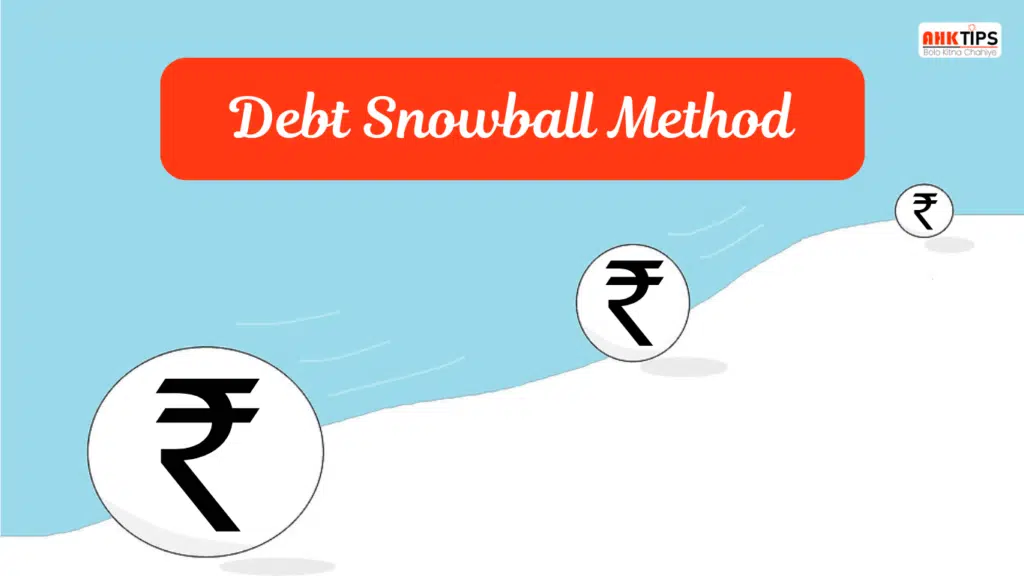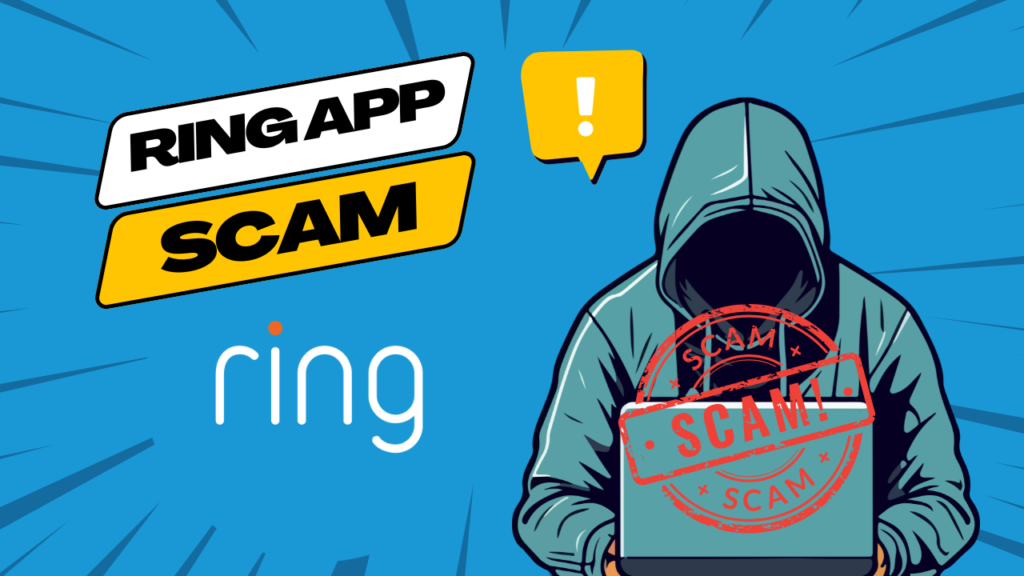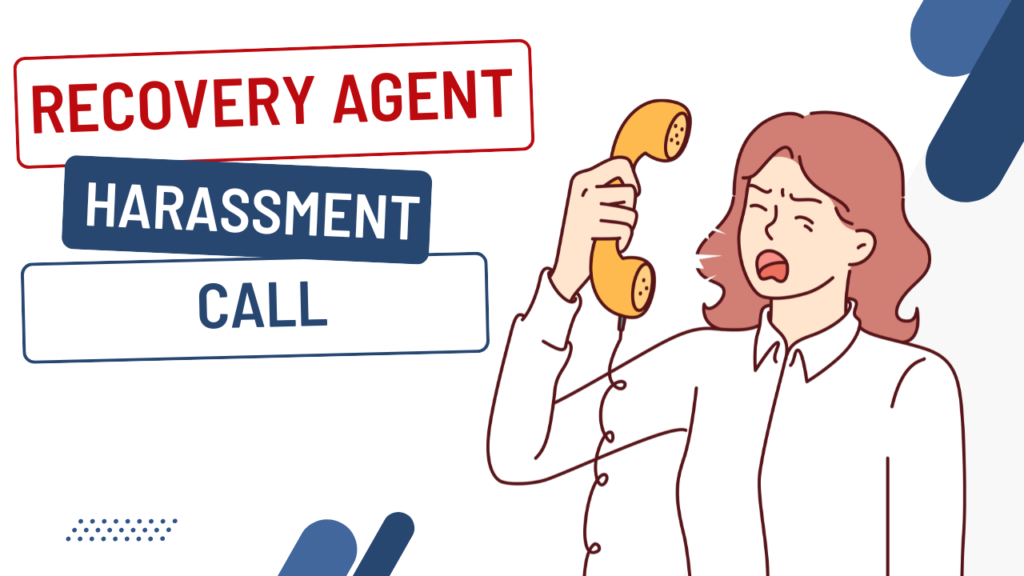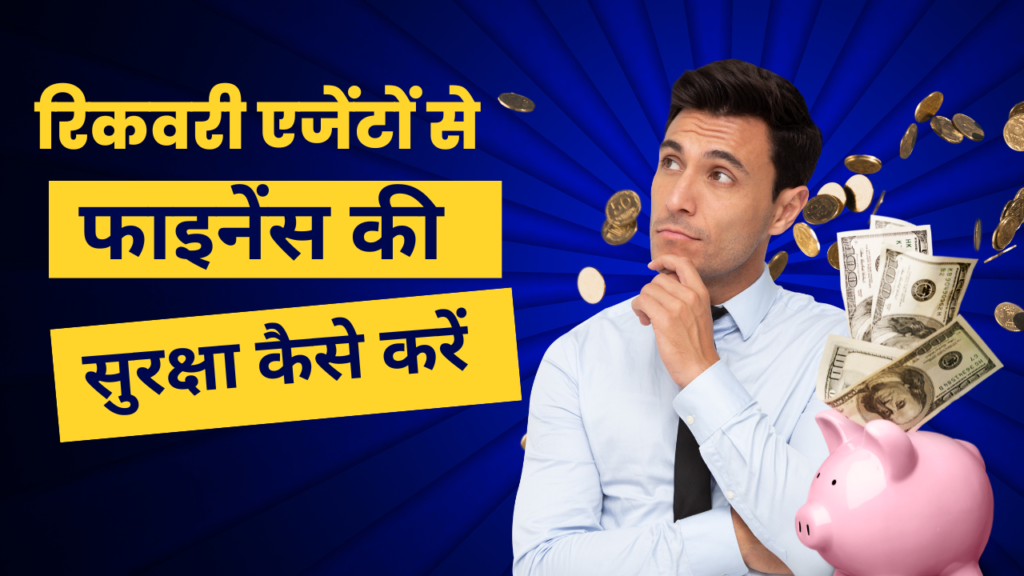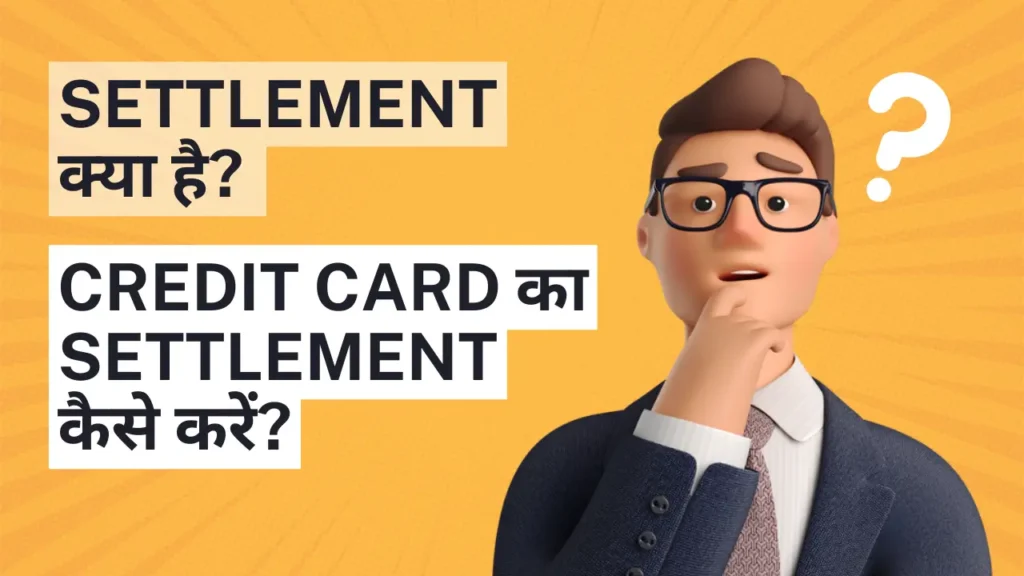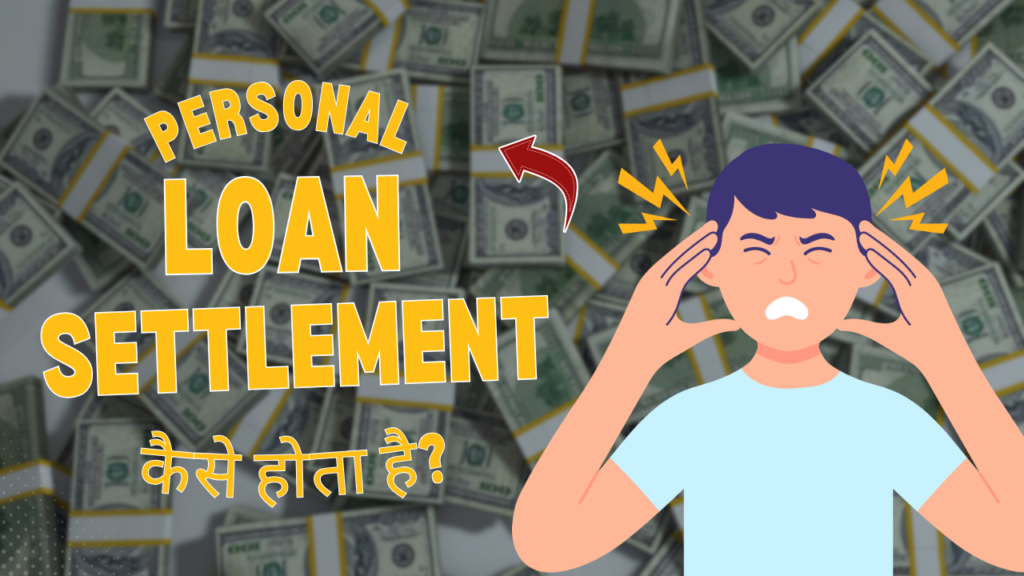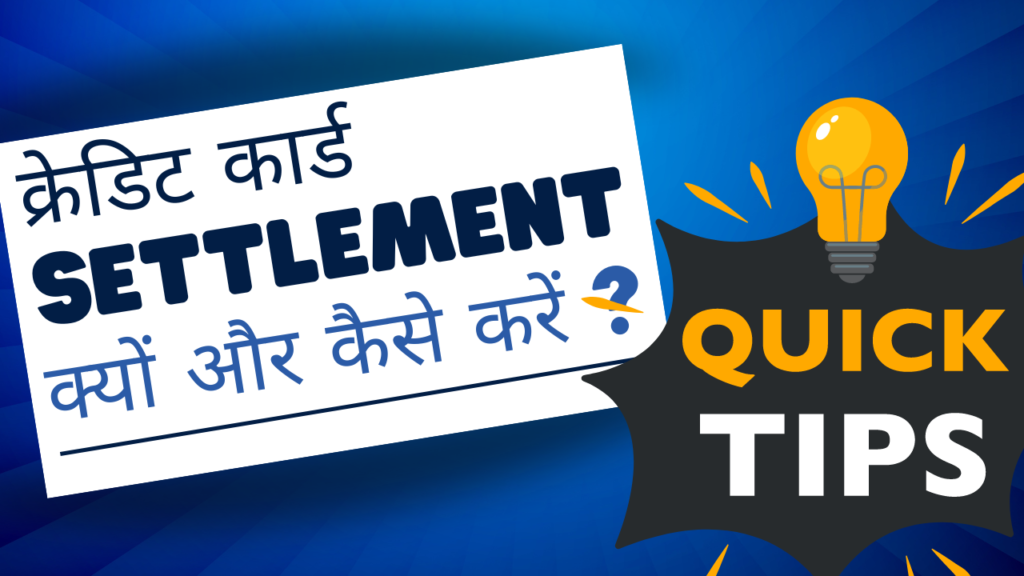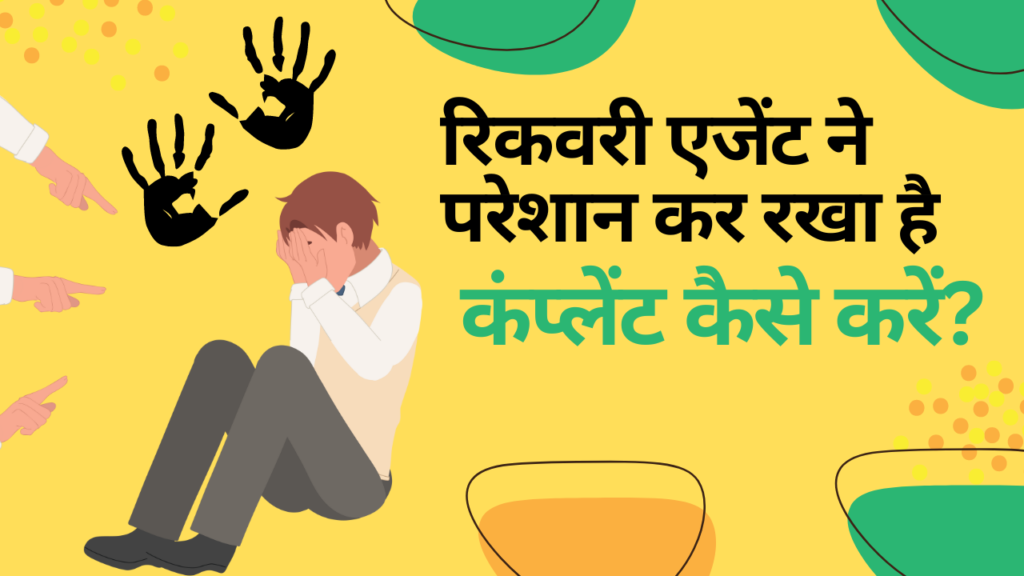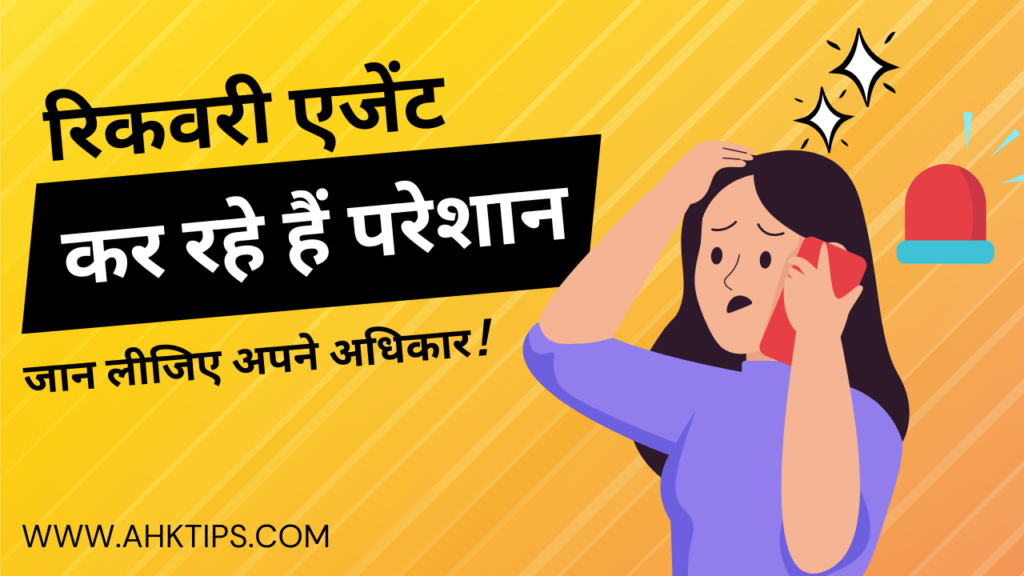Summary
The Debt Snowball Method is an easy and effective method, with the help of which any person can gradually get rid of his debts. The basic principle of this method is that you start with your smallest debt and then move towards bigger debts one by one. Just as a small ball of snow keeps rolling and becomes bigger, similarly, your ability to repay the debt also increases with every debt repaid – this is why it is called the “Debt Snowball Method”.
In this, first a list of all your debts is made and they are placed in order from smallest to largest according to the outstanding amount. After this, the smallest debt is given priority – you add as much money to it as you can, while only make minimum payment in the rest of the debts. As soon as the first debt is over, its entire amount is added to the next debt. This cycle continues until all the debts are repaid.
The biggest advantage of this method is that it motivates you psychologically. The satisfaction that comes with paying off every small debt gives you the strength to move forward. This method works without any complicated calculations, so anyone can easily adopt it and become financially strong.
Introduction
When it comes to repaying a loan, most people get confused about where to start. We may have many types of loans – such as credit card bills, personal loans, education loans, car loans or home loans. Managing all these loans and repaying them on time can prove to be quite difficult, especially when your income is limited and expenses are high. In such a situation, there is a very effective and best method – “Debt Snowball Method”.
The Debt Snowball Method is a way by which you can eliminate your debt slowly but correctly. As the name suggests, it works in the same way as a small snowball gradually becomes bigger and faster while falling down the hill. In the same way, you start with the smallest loan and gradually move towards bigger loans. This also increases your confidence, and you become more motivated by seeing quick results.
In this method, you first make a list of all your debts and sort them according to their outstanding amount from smallest to largest. Then you focus on the smallest debt – that is, you repay the largest amount on it as soon as possible while you make only the minimum payment on the rest of the loans. As soon as the smallest debt is paid off, you add the money you were paying on it to the next smaller debt. In this way, every time you finish one debt, you have more money to repay the next debt.
In today’s article, we will learn in detail how to adopt the Debt Snowball Method, what are its requirements, what are its benefits and in which circumstances it can prove to be most effective. Along with this, we will also explain to you through some examples how it works and how you can move towards a debt-free life by including it in your financial planning.
What is the Debt Snowball Method?
The Debt Snowball Method is a financial method by which you plan to repay your loans gradually. In this, you first make a list of all your loans and put them in order from the smallest to the largest according to the outstanding amount of that loan. Then, you start repaying the smallest loan first and make only the minimum payment on all the other loans.
As soon as the smallest loan is repaid, you try to repay it quickly by adding the money you were paying on it to the next smaller loan. In this way, all the loans are eliminated one by one, and your confidence increases – just like a small snowball keeps rolling and becoming bigger!
The biggest advantage of this method is that when you repay one loan completely, you get relief and you are motivated to repay the rest of the loans. This is especially beneficial for those who need quick motivation and are having some difficulty in repaying their loans.
How does the Debt Snowball Method work?
In the Debt Snowball Method, you start with the smallest debts first. First of all, you make a list of all your debts and put them in order from smallest to largest according to their outstanding amount. Then, you pay more attention to the smallest debt and pay the maximum amount on it while paying only the minimum amount on all other debts.
As soon as the smallest debt is completely repaid, you add the money you were paying on it to the next smaller debt. Now you have more money than before for the second installment. In this way, all the debts start getting finished one by one quickly.
Suppose you have three debts: ₹5,000, ₹15,000, and ₹25,000. No,w you will first repay the debt of ₹5,000. When that gets over, you can add the money you were paying in that to the ₹15,000 one. This will finish that too quickly. Then, the ₹25,000 one will be left in the end, which will be easier to repay because then you will have more money left.
What are the benefits of adopting the Debt Snowball Method?
It has many benefits, let’s understand them one by one:
1. Gets motivation quickly
When you pay off the smallest debt first, you get quick results. This will make you feel that you are moving in the right direction and this enthusiasm helps in paying off bigger debts in the future.
2. Confidence increases
Every time you finish a debt, you also get a confidence that “I can do it.” This positive feeling gives you strength in the journey of becoming debt-free.
3. The process is easy and clean
In this, you do not have to get into any difficult calculations or interest rates. Just start with the smallest debt and move up one by one.
4. Stress and anxiety are reduced
As your debts get reduced, the burden on the mind also gets lighter. When you repay a debt, its pressure on the mind ends.
5. You develop the habit of repaying your debt quickly
When you repay your first debt quickly, you add the money you were using to pay off your next debt. This helps you repay your next debt faster. This increases your EMI without much hassle.
6. You develop financial discipline
By adopting the Debt Snowball Method, you develop the habit of making regular payments and learn to control your expenses. This also improves your financial planning.
7. You don’t need any technical knowledge
You don’t need to be a finance expert to adopt this method. This is a simple method that anyone can adopt.
How to use the Debt Snowball Method?
You can use this method very easily by following the simple steps given below:
- First of all, make a list of all your loans/debts. This can include credit card bills, personal loans, education loans, car loans or any other loan. Write down the outstanding amount in front of each loan.
- Now, arrange this list in order from the smallest loan to the largest loan according to the outstanding amount. The interest rate is not given priority in this method.
Example:
- Credit card: ₹ 5,000
- Personal loan – ₹ 15,000
- Education loan – ₹ 50,000
- Now you have to pay full attention to your smallest debt (₹ 5,000). Try to pay as much money as possible in it by looking at your rest of the income and expenses. Keep making only the minimum payment in all the other debts.
- As soon as the smallest debt is repaid, add the money you were paying on it to the next smallest debt. This will finish the next debt quickly. Keep repeating this process every time.
Example:
- First, you repay a debt of ₹5,000.
- Then, you add the same EMI to the next debt of ₹15,000.
- Then comes the turn of the debt of ₹50,000.
- The most important thing in this entire process is to stay firm and maintain discipline. You may find it difficult in a few months, but when the debts start getting finished one by one, you will feel light and motivated.
Note: If you do not want to use the Debt Snowball Method to finish your debt, then you can also use the process of Loan Settlement. Let’s know about Loan Settlement in detail.
What is a Loan Settlement?
Loan Settlement is a process in which you negotiate with your creditor to forgive a part of the outstanding amount on your Loan by making a lump sum payment. It is an agreement that you make with your card issuer as a last resort when you see that your Loan debt is increasing.
This can happen due to many reasons, ranging from unnecessary spending to careless spending habits. When your debt increases, the interest on it also increases, which can make it difficult for you to repay the outstanding amount. If you do not see any way out of this, then you can recommend a Loan Settlement.
What documents are required to do a Loan Settlement?
Let us know what documents are required for a Loan Settlement.
1. ID Proof
- Aadhar Card
- PAN Card
- Passport
- Driving License
- Voter ID
2. Address Proof
- Aadhar Card (if it has the correct address)
- Electricity or Water Bill
- Copy of Bank Passbook or Bank Statement
- Rent Agreement (if you live on rent)
3. Income Proof (if required)
- Salary Slip (if you are employed)
- Bank Statement (last 6 months)
- Copy of Income Tax Return (ITR)
- Business Documents (if you are a businessman)
4. Loan Statement
You will have to provide the Loan statement to give the correct information about your outstanding balance. The bank can also generate this statement itself, but sometimes they ask you for a copy of it.
5. Settlement Request Letter
If you are approaching the bank for settlement on your own, you will have to give a written Settlement Request Letter in which you can explain:
- Why do you want a settlement?
- What is your financial situation?
- How much can you pay as a one-time payment?
6. Settlement Offer Letter given by the bank
When the bank agrees to the settlement, they give you a Settlement Offer Letter. Read it carefully and confirm the amount and terms mentioned in it.
What to do before doing a Loan Settlement?
Below are some steps that should be followed before a Loan Settlement:
- First of all, check your income, expenses, and all other debts properly. Know how much you can repay.
- Before a Loan Settlement, share your problem with the bank or lender.
- Sometimes, they can offer you a better solution, such as reducing the EMI or increasing the loan term.
- Contact a financial advisor or expert. They can help you make the right decision and explain how a Loan Settlement will affect your credit score.
- If you decide to do a Loan Settlement, read the terms and conditions given by the bank carefully. Make sure that you are not being charged any hidden fees.
- Doing a Loan Settlement can reduce your credit score. This can make it difficult to get a loan in the future. Make a decision keeping this in mind.
- Loan Settlement should be the last option. Before that, consider other options like refinancing, reducing EMIs, or asking family and friends for help.
What are the reasons for doing a Loan Settlement?
Below are some common reasons:
- If a person loses his job, stops a source of income, or suffers huge losses in business, then it may be difficult to repay the loan on time.
- There may be a shortage of money to repay the loan if the expenses suddenly increase due to a major illness or medical emergency.
- Many times, a person has the burden of more than one loan, which becomes difficult to repay on time.
- There may be problems in repaying the loan due to any natural disaster, accident, or any major crisis in the family.
- If the interest rate of the loan is very high and there is a problem in repaying the installment, then a Loan Settlement is resorted to.
- Many times, a person is not able to manage his expenses and income properly after taking a loan, which causes problems in repaying.
How to apply for Loan Settlement?
If you are unable to pay your Loan dues and are troubled by heavy interest rates, a Loan Settlement can be a possible solution. Under this process, the bank or Loan company can waive off part of your total outstanding amount and give you the option to make a lump sum payment (One-time Settlement). However, this can affect your CIBIL score, so adopt it only as a last option.
Step-by-step process to apply for Loan Settlement
- First of all, decide that you are not in a position to pay the entire Loan dues.
- Check your income and expenses and decide how much you can pay at the most.
- Talk to the customer care of your bank or Loan company and tell them about your current financial situation.
- Ask for a settlement offer from the bank and start the conversation.
- The bank will propose a settlement amount, which will be lower than your outstanding amount.
- If you don’t accept this amount, negotiate with the bank and attempt to lower the amount based on your capacity to pay.
- After the bank and you reach an agreement on a specific amount, ensure that you receive a written settlement letter.
- It should explicitly state the settlement terms, payment dates, and other conditions.
- After completing the settlement, pay the amount in full within the given time.
- Get a No Due Certificate (NOC) or Final Settlement Letter from the bank after the payment.
- After the settlement, make sure the bank updates the “Settled” status in your CIBIL report.
- This can affect your credit score, so inculcate good financial management habits to improve it in the future.
What is the impact on the CIBIL score after a Loan Settlement?
Loan settlement can hurt your credit score. The impact can be seen in the following ways:
- After the settlement process, your credit report records that you have “settled” your debt. This entry remains in your credit history for 7 years and can be viewed negatively by lenders or other creditors, which can affect your chances of getting a loan in the future.
- Since a settlement means that you have not repaid the entire debt, when you try to get a new loan in the future, banks may reject your application or offer you loans at higher interest rates by looking at your credit score and report.
- After settlement, if you have a Loan or other credit line, your credit limit may be reduced as creditors think you may be a high-risk customer.
- If your credit score drops, it may be difficult for you to get a loan, Loan, or any other type of credit facility. This can also affect your financial stability, especially if you face a financial emergency in the future.
- When you settle with your bank, you are not paying off the entire debt, but a certain amount that is less than the principal amount. This is viewed negatively by the credit bureaus, as it shows that you have been unable to repay your debt. As a result, your credit score may drop.
What are the advantages (Pros) of doing a Loan Settlement?
Let us know what the benefits of doing a Loan Settlement are:
- If your Loan dues have become very high, and you are unable to repay them, then a settlement can give you great relief.
- When you do not pay your Loan continuously, the bank can send a legal notice to you and can also send a recovery agent.
- The interest on Loans is very high, which can be up to 30-45% per annum. If you are not paying on time, the interest and late payment fees keep increasing continuously.
- While settlement will bring down your CIBIL score, provided you exercise financial responsibility after settlement and settle your other loans and bills punctually, you will improve your score over time.
- In a Loan Settlement, you pay a specific sum at one time, which settles your debt entirely. It may be helpful to the persons who desire to come out of debt by increasing a little money at a time.
- Mental tension grows through rising debt and bank calls. On settlement, you are free from this concern, and you may concentrate on better financial status again.
What are the disadvantages (Cons) of doing a Loan Settlement?
Let us know in detail what the disadvantages of doing a Loan Settlement are.
- The biggest disadvantage of a Loan Settlement is that it spoils your CIBIL score. When you settle with the bank and pay a lesser amount instead of paying the entire dues, the bank reports it in “Settled” status. This status can remain in your credit report for up to 7 years, which may make it difficult to get a loan or a new Loan in the future.
- If you have done a Loan Settlement once, banks and other financial institutions may consider you a “high-risk customer”. This may cause problems in getting a home loan, personal loan, or business loan, or the bank may give you a loan at a higher interest rate.
- In some cases, when you go to take a loan from another bank in the future, the bank may ask you to repay the entire previous settlement amount after looking at your credit history. That is, if you had settled by paying Rs 50,000 on an outstanding amount of Rs 1 lakh, then the new bank can demand the remaining Rs 50,000 from you.
- If you have settled a Loan with a bank, then the same bank can refuse to issue you a Loan again in the future.
- Doing a Loan Settlement can spoil your relationship with the bank. The bank sees it as if you have not fulfilled your financial responsibilities completely, due to which you may face problems in banking services in the future.
Conclusion
If you are also troubled by the burden of debt and are unable to understand where to start, then the Debt Snowball Method can prove to be a great option for you. This method not only shows you an easy way but also makes you mentally strong. The most unique aspect of it is that it operates slowly but surely – like a snowball that continues rolling and growing.
In this process, you begin with the smallest debt, and as soon as it ends, you start paying off the next debt. This gives you continuous small “victory moments”, which provide faith in mind, and you feel debt-free. This is a highly encouraging process, particularly for those who are under pressure of numerous debts.
The largest benefit of the Debt Snowball Method is that it requires no complicated calculation or becoming an expert in finances. You only need to sit down and create a list of your debts just once and remove them one at a time following the plan. This method, apart from clearing your debt, will also shape your financial culture – such as paying on time, managing expenditures and living a financially disciplined lifestyle.
Frequently Asked Questions (FAQ’s)
Ans: This method is best for those who are stuck in more than one loan and do not understand where to start. If you want to repay the loan gradually with motivation, then this method can prove to be best for you.
Ans: In the Debt Snowball Method, the loan amount is given priority, not the interest rate. You start with the smallest loan, whatever its interest rate is.
Ans: This situation is better for the Avalanche Method, in which you repay the loan with the highest interest first. But the Debt Snowball Method is effective for mental balance and motivation.
Ans: It depends on your income, expenses, and how much money you are spending every month to repay the loan. But this method gradually saves time because after each loan is over, more money can be spent in the next installment.
Ans: This method is so easy that any person can follow it by himself. All it takes is the right listing, planning, and discipline.

